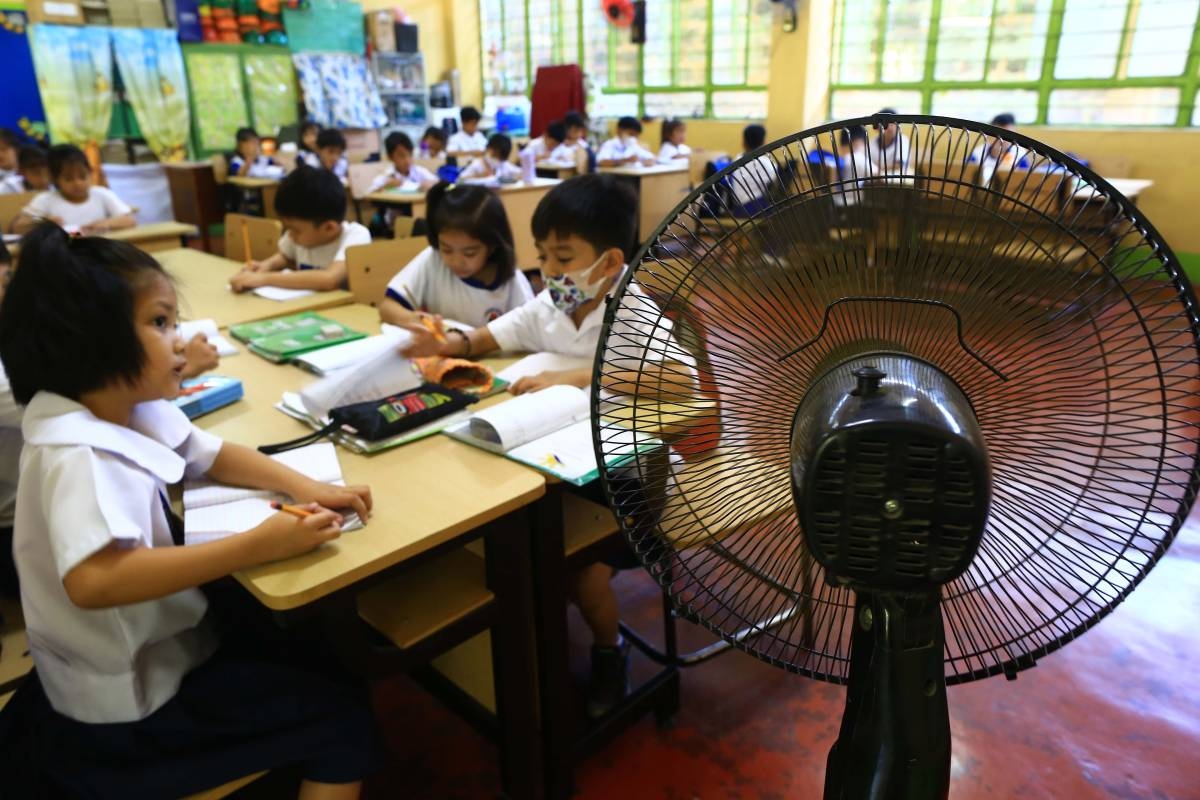Implementation of asynchronous classes or distance learning during the heatwave
Furthermore, the implementation of asynchronous classes or distance learning during the heatwave also takes into consideration the potential impact on students’ academic performance. Extreme heat can lead to discomfort, fatigue, and difficulty in concentration, which can hinder students’ ability to fully engage in traditional classroom activities. By allowing students to access learning materials remotely, they can study in environments that are more conducive to their learning needs, whether it be a well-ventilated room or a cool area with air conditioning.
Development of essential skills through asynchronous classes or distance learning
Moreover, asynchronous classes or distance learning provides an opportunity for students to develop essential skills such as self-discipline, time management, and digital literacy. With the guidance of their teachers, students can learn to navigate online platforms, collaborate with their peers virtually, and take responsibility for their own learning. This mode of education prepares students for the digital age and equips them with skills that are highly valued in today’s workforce.
Inclusivity and accessibility through asynchronous classes or distance learning
Furthermore, the decision to implement asynchronous classes or distance learning reflects the Department of Education’s commitment to inclusivity and accessibility. By providing remote learning options, students who may have difficulty attending traditional classes due to various reasons such as illness, disability, or geographical location can still access quality education. This ensures that no student is left behind and that education remains accessible to all.
Previous experience and refinement of asynchronous classes or distance learning
It is worth noting that the implementation of asynchronous classes or distance learning is not a new concept in the Philippines. In fact, it has been utilized in the past during natural disasters, such as typhoons and earthquakes, when physical attendance in schools was not feasible. The experience gained from these previous instances has allowed the Department of Education to refine and improve the implementation of remote learning, ensuring that students receive a quality education even in challenging circumstances.







